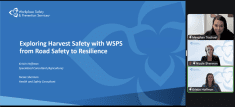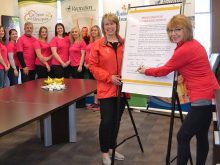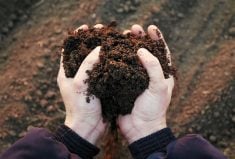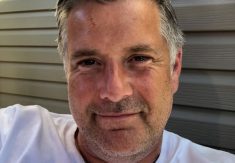An Indian Head, Saskatchewan agriculture researcher has been selected as a collaborator with the European Space Agency (ESA) on a radar imagery project that could lead to a better way to track crop development.
Lafond and University of Regina remote sensing specialist Joe Piwowar will be collaborating on a project that uses the Canadian satellite RADARSAT-2 to perform detailed crop development monitoring on a number of selected fields within a 25-kilometre radius of the town.
As well Lafond will be testing new ground-based sensors, and providing data that will be used to “proof” the satellite data and evaluate whether it will be useful for tracking vegetative development.
Read Also
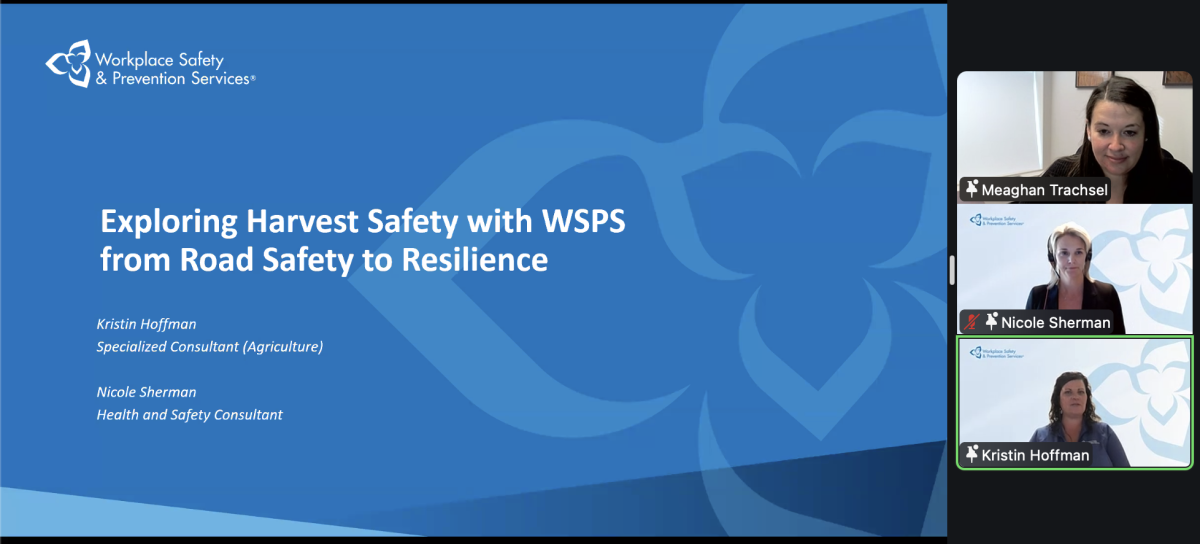
Exploring Harvest Safety
Kristin Hoffman of WSPS explains measures for increased farm safety around harvest season
The Indian Head site is on of three – the others are in Holland and Spain – that the ESA is using to evaluate this new technology. The project is a prelude to the launch of a satellite at the end of 2011 that’s dubbed Sentinel-1.
It will be the first of five planned ESA missions for a project known as Global Monitoring for Environment and Security (GMES). The ESA and European Commission joint-venture aims to “provide accurate and timely information to better manage the environment, understand and mitigate the effects of climate change and ensure civil security.”
From an agriculture perspective, the new technology is likely to represent a quantum leap in data collection for tracking global crop development and predicting yields and even market moves.


